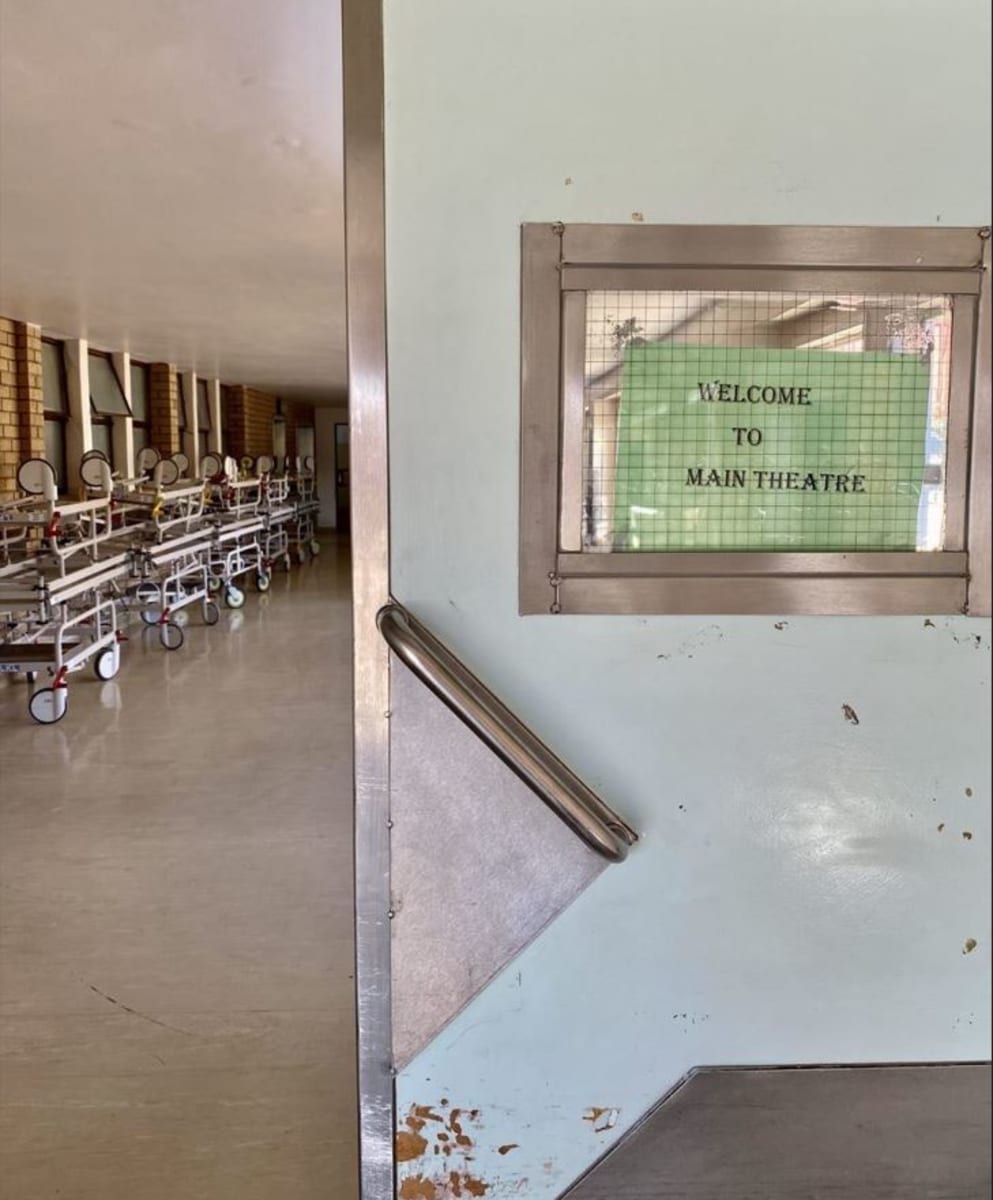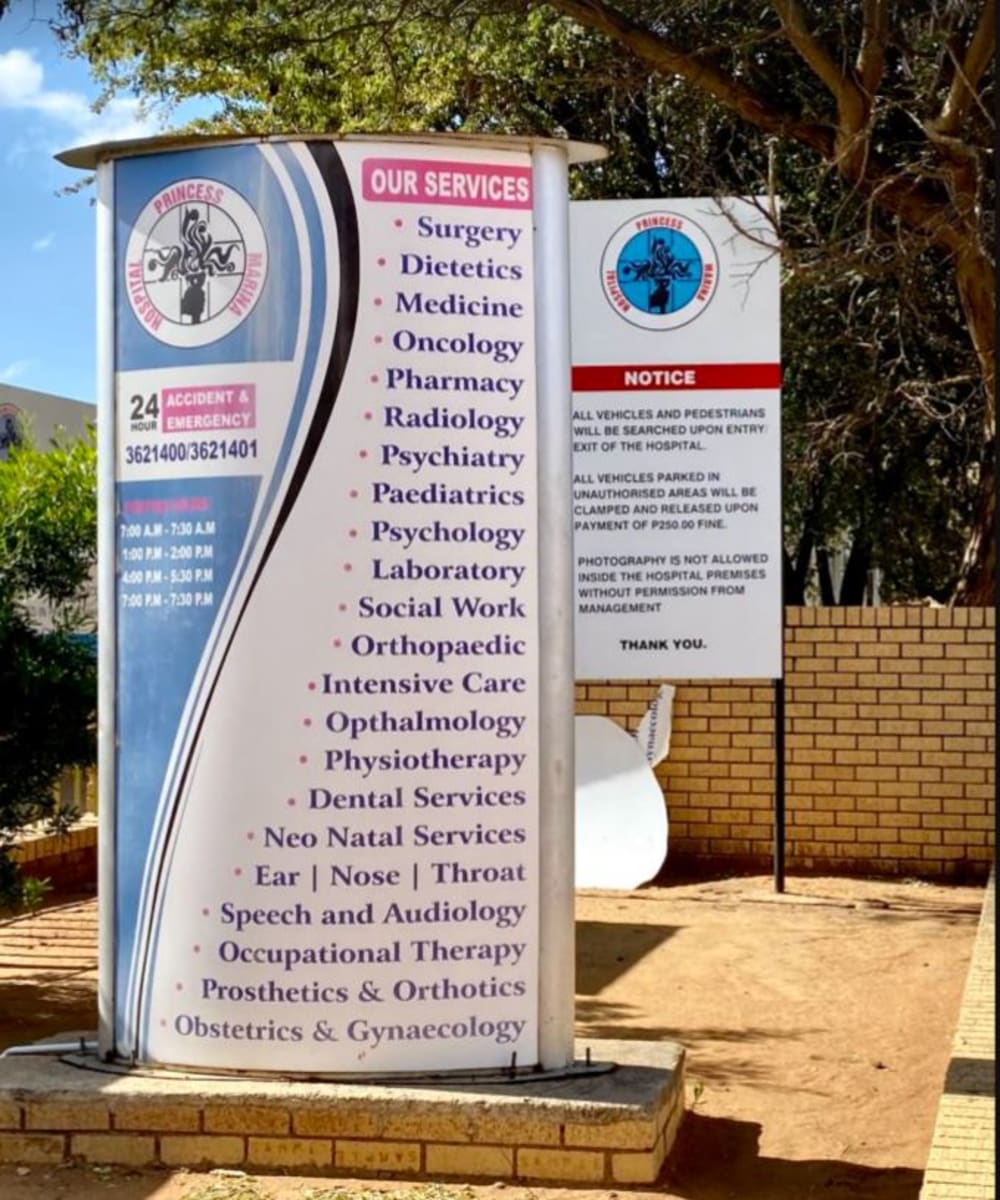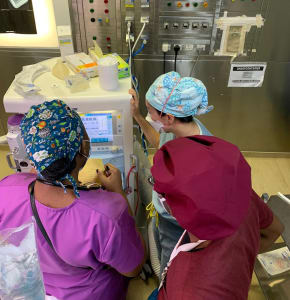I will be spending two weeks at the Scottish Livingstone Hospital in Molepolole, Botswana, a large village located 37 miles outside the capital city of Gaborone. This is a 350-bed referral hospital serving both adult and pediatric patients. The hospital provides medical, surgical, obstetric, and emergency care, and has a 6-bed intensive care unit (ICU). I will be working with Dr. Ed Clune, Director of Anesthesiology & Critical Care at Scottish Livingstone Hospital, and head of the Botswana Global Health Program in Anesthesia via the Botswana-Harvard Partnership. I plan to teach local clinical officers and Botswanan anesthesia residents via a combination of structured didactics and clinical teaching in the operating rooms and ICU. Given my sub-specialty training in pediatric anesthesia, I will also provide education on this topic via dedicated lectures and problem-based learning discussions. Furthermore, I plan to incorporate trainings on non-clinical and leadership skills including crisis resource management and simulation. I will split my clinical teaching time between the ICU and the operating suites, where adult and pediatric general surgeries take place, in addition to gynecologic and ophthalmologic cases.
I have been involved in multiple global health initiatives in the past in Tanzania, Nigeria, and Rwanda. However, this will be my first trip to Botswana, and I look forward to helping improve anesthesia care through education. There is a paucity of anesthesia providers in Botswana, and even fewer, with pediatric sub-specialty training. I hope to make a difference by helping to train the next generation of anesthesiologists in the country.
The immediate beneficiaries of this project are the local anesthesia trainees and providers at the Scottish Livingstone Hospital, which serves a catchment population of about 250,000 people. This would benefit not only the local people of Molepolole, but also the surrounding area and country as a whole, as these anesthesia residents disperse throughout the country after completing their training. Botswana has very limited anesthesia services, and historically most anesthetic care is provided by foreign nationals. There are estimated to be only 18 physician anesthesiologists in Botswana, serving a population of 2.3 million people. An anesthesia residency program was recently established at the University of Botswana, and will be graduating its first class in 2023. With around 4-5 residents per class, this would provide a boost to the physician anesthesia provider density in the country. Training additional providers would help improve the anesthesia workforce, hopefully allowing more Botswanans access to safe surgical and anesthetic care. This population is important as there is a huge unmet need. Through training and education, I hope to help improve the safety and quality of anesthesia care in the country.
The impact will be continued education and knowledge-building for anesthesia and critical care provider in Botswana. The teachings will carry forward through the provided didactic content that will be incorporated into their existing curriculum at Scottish Livingstone Hospital/University of Botswana. This project will support the ongoing relationship of the Botswana-Harvard Partnership. As the local anesthesia residents progress in their training, they will serve as teachers and role models for the junior residents. The impact will also be knowledge-sharing between the local providers and visiting staff, and hopefully ongoing collaboration on quality improvement and research projects. I hope to learn from my Botswanan colleagues to gain a better understanding of anesthesia care in their context.










Although my visit to Botswana was a brief 2 weeks, it was an incredible learning experience – not just in the clinical practice of anesthesia in a lower-resourced setting, but also in understanding the local healthcare landscape. I spent time at Princess Marina Hospital in the capital city Gaborone, as well as at Scottish Livingstone Hospital in Molepolole, a village an hour away. I also paid a visit to Sir Ketumile Masire Hospital at the University of Botswana, a state-of-the-art complex, whose surgical theaters are still being finalized, with plans to be the first quaternary care hospital in the country. While most of my work was at Princess Marina, being able to see the other facilities offered a clearer picture of the scale of public sector medical care in this region.
At Princess Marina, I helped to teach the local anesthesia residents, medical officers (medical school graduates who have done specialty training) and medical students. Given my additional training in pediatric anesthesiology, I focused on discussing anesthesia care for children, who make up a sizeable proportion of the patient population. This included both intraoperative clinical teaching, as well as structured didactics and a lecture on caudals. During my time, I saw a breadth of patients and pathologies, ranging from an infant with an airway foreign body, for whom we didn’t have the properly-sized equipment, to managing peripartum hemorrhage with only 2 units of blood. Having a local mentor, Dr. Ed Clune, who has been living and working in Botswana for the past 5 years, helped frame my understanding of the unique challenges facing patients and anesthesia providers there.
One specific area of focus is on improving labor analgesia. A visit to the labor and delivery ward revealed to us that pain relief for laboring women was hardly ever available. In collaboration with the obstetrics department, Dr. Clune and the anesthesiology department is working to bring neuraxial analgesia as an option for these patients. While this was my 5th trip to sub-Saharan Africa, it was my first time visiting Botswana and Gaborone. It built on my prior public health and international experiences, and I hope to continuing engaging in global anesthesia work in the future.